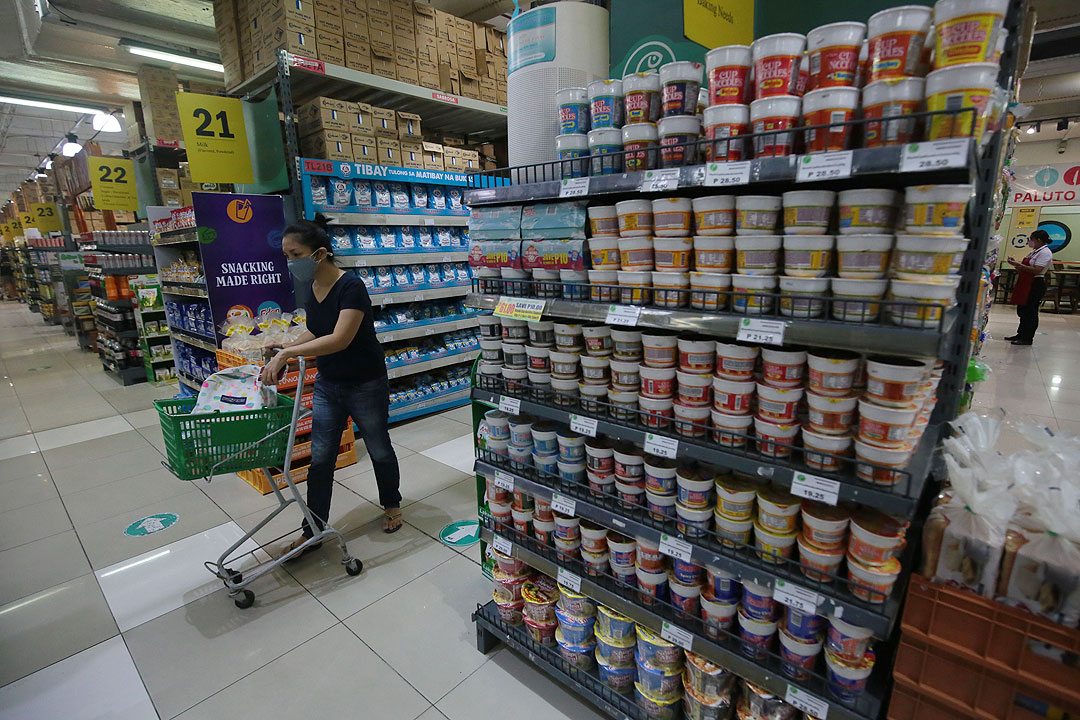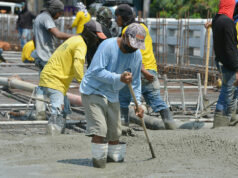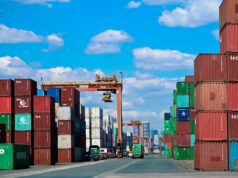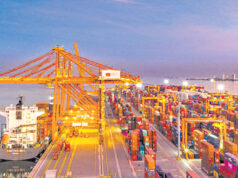Further BSP easing likely as growth outlook remains ‘delicate’

THE BANGKO SENTRAL ng Pilipinas (BSP) may cut benchmark interest rates again in December to prop up the economy as consumer sentiment remains weak and with fiscal support expected to be limited as the government continues its consolidation plan, Deutsche Bank Research said.
“Downside risks to the Philippine economy have not faded in our view, despite BSP suggesting that it has reached the policy rate ‘sweet spot’ of 5%. The real rate remains high, and with fiscal constraints and subdued economic sentiment, we think that BSP still has some room to further ease,” Deutsche Bank Research economist Junjie Huang said in a Sept. 19 report.
“The Philippine economy’s current ‘Goldilocks’ state is fairly delicate… We maintain our call for another 25-bp (basis point) rate cut in its December meeting.”
Last month, the BSP lowered benchmark interest rates by bps for a third straight meeting to bring the policy rate to 5%. It has now reduced borrowing costs by a cumulative 150 bps since it began its rate-cut cycle in August 2024.
BSP Governor Eli M. Remolona, Jr. said the policy rate is now at their “Goldilocks” rate or “sweet spot” for both inflation and output.
Still, he left the door open to one more reduction within this year to support the economy if needed, which would likely mark the end of its easing cycle.
The Monetary Board’s last two meetings this year are scheduled for Oct. 9 and Dec. 11.
Philippine gross domestic product (GDP) grew by 5.5% in the second quarter, supported by a rebound in agriculture production and faster household spending.
Economic expansion averaged 5.4% in the first semester, just a tad below the government’s 5.5% to 6.5% growth target.
Mr. Huang said the country’s real rate is at 3.5% and would only reach around 2% in mid-2026, which shows that there is space for a looser monetary stance.
While trade has been driven by strong demand for electronics products from Asian economies, the frontloading done by exporters before the US’ “reciprocal” tariffs kicked in last month was also a strong driver of outbound sales, he noted.
“That said, the imposition of semiconductor tariffs could weigh heavily on the Philippines. Electronics comprise ~60% of its total exports, while semis (semiconductors) alone accounts for 40%.”
The country’s trade deficit narrowed to $28.46 billion in the first seven months from the $29.93-billion gap a year ago, government data showed. Exports increased by 13.9% to $48.62 billion as of end-July.
Mr. Huang added that monetary support for the economy may be needed as public spending is only expected to increase “marginally” next year as the government continues its fiscal consolidation path, albeit at a slower pace than initially planned.
“Its target deficit for 2026 is now 5.3%, 0.6 percentage point wider than the 4.7% initially planned, but nonetheless still lower than the 5.5% projected in 2025. Moreover, projected spending in 2026 at 21.5% of GDP is only marginally higher than the 21.4% in 2025, suggesting limited fiscal impulse next year,” he said.
“This in turn may require continued support from BSP to anchor growth at a time when consumer sentiment remains subdued.”
The Development Budget Coordination Committee in June revised the medium-term fiscal program amid global uncertainties.
Based on the revised fiscal plan, government spending is programmed at P6.63 trillion next year or 21.5% of GDP from this year’s P6.082 trillion (21.4% of GDP).
Meanwhile, revenues are projected to reach P4.983 trillion in 2026 or 16.2% of economic output from P4.52 trillion this year or 15.9% of GDP. — Katherine K. Chan



